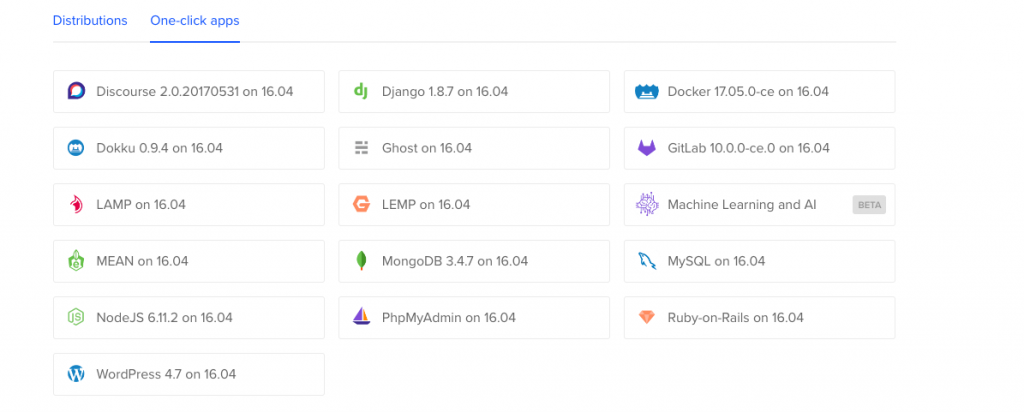I used to set up docker manually in an ubuntu instance in AWS and host the services. Very well knowing that it’s a tedious task, went through the grind because it didn’t give me problems. All good(or bad?) things have to come to and end some day. Right? While installing a service the instance was giving me issues of lack of space. So when I was trying to prune the volumes and clear some space, not sure what I did, my docker crashed.
“That’s it”, I said to myself. I am not going to setup docker anymore manually. Thought now was the time to pick up ECS(Elastic Container Service) in AWS for setting up docker instances. For some reason, I haven’t been able to get a hang of it. Common, I don’t want to learn a new syntax, play with more new configuration templates etc., All I want is an ubuntu instance with docker installed.
I created an account in Docker Cloud. But it still asked me to hook-up to somebody like AWS and enable a lot of things. I finally decided to check with DigitalOcean.
DigitalOcean has always marketed itself to be a 55 seconds setup person. All I wanted was create an instance(or droplet in DigitalOcean) with Docker installed, so I can focus on hosting my services. And yes, I found this.
I was able to create this droplet in about 55 seconds time. It took 2 minutes to install and have my service running. Most importantly the basic version I needed for this service costed me only 5$ per month.
Now, I am beginning to dig deeper into digitalocean for a number of services I am running. It’s just too simple.

